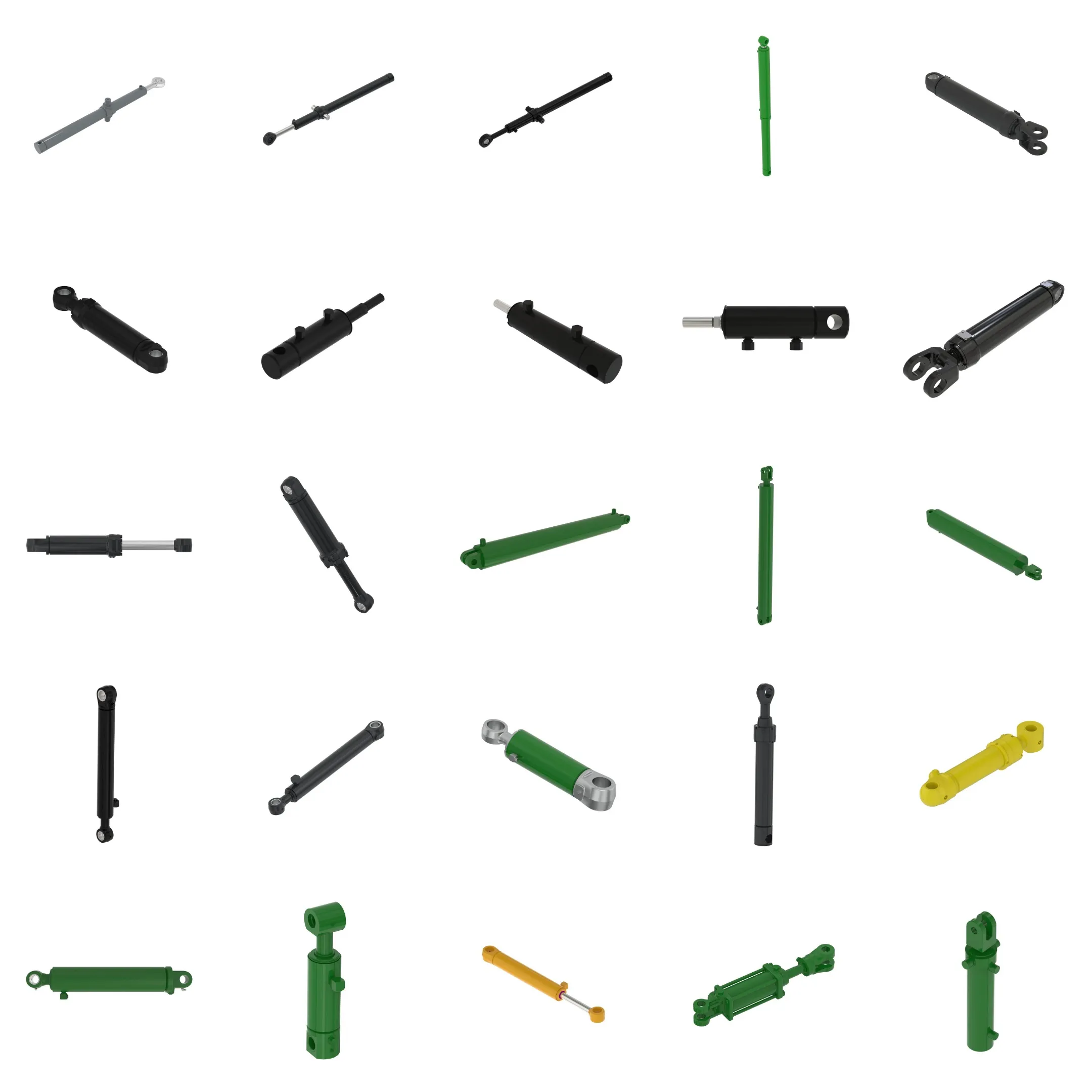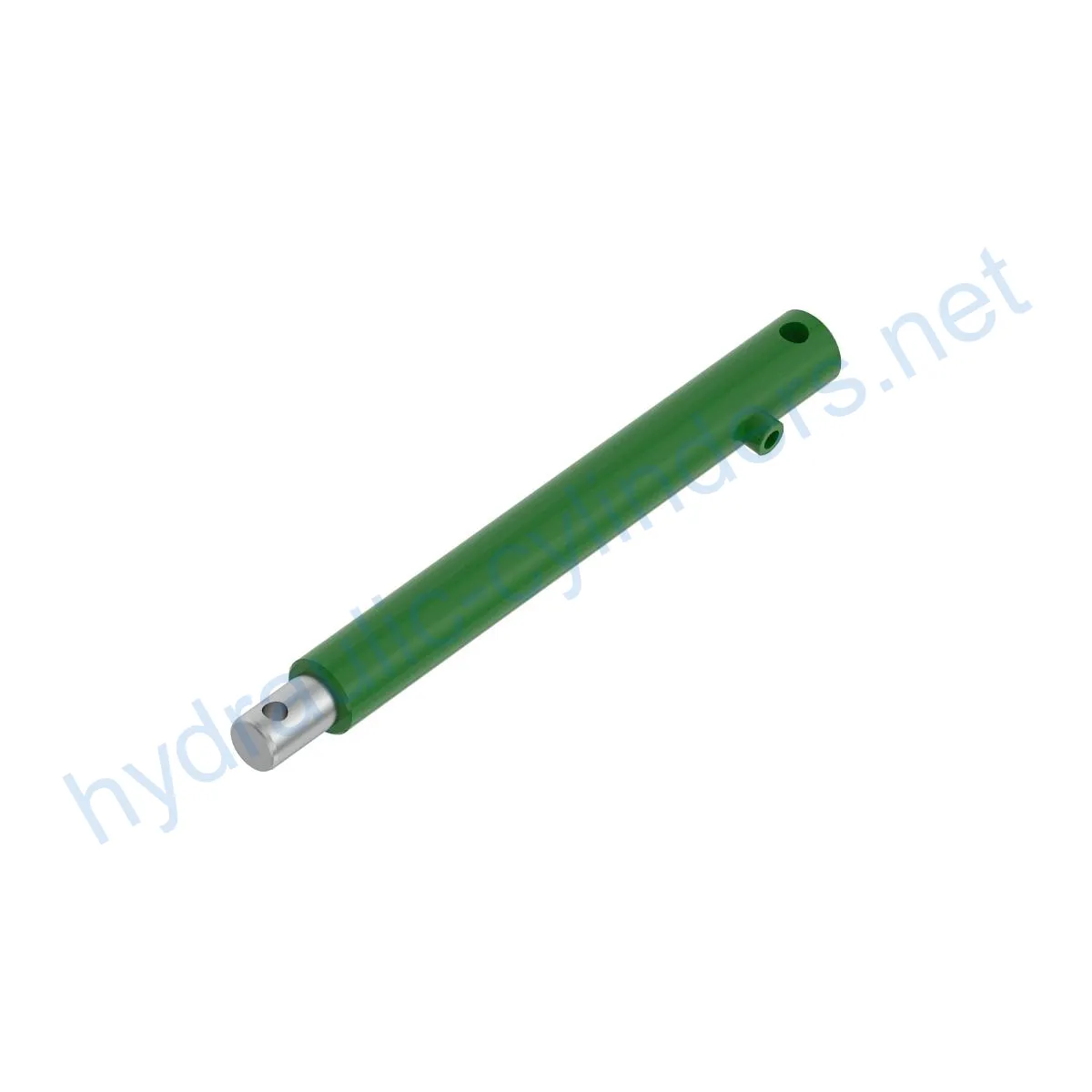Replacement Of AN207877 Boom Hydraulic Cylinder
Kot eden od proizvajalcev, dobaviteljev in izvoznikov hidravličnih cilindrov ponujamo hidravlične cilindre in številne druge izdelke.
Za podrobnosti se obrnite na nas.
Pošta:sales@hydraulic-cylinders.net
Proizvajalec, dobavitelj in izvoznik hidravličnih cilindrov.
Replacement Of AN207877 Boom Hydraulic Cylinder
Introduction:
The Replacement Of AN207877 Boom Hydraulic Cylinder is a crucial component in various machinery, including the 6700 model. This hydraulic cylinder serves the purpose of providing hydraulic power to move and control the boom of the equipment.
Specifications
- Weight: 16.6 lb
- Height: 2.25 in
- Width: 3 in
- Length: 20.7 in
Features
- Improved Equipment Performance: Replacing a damaged or worn-out hydraulic cylinder can restore the equipment’s operational capabilities, ensuring optimal performance in various applications.
- Enhanced Safety: Regularly replacing hydraulic cylinders reduces the risk of safety hazards caused by cylinder failures, ensuring the safety of operators and equipment.
- Overload Protection: New cylinder designs often incorporate better overload protection mechanisms, enhancing overall safety.
- Quick Installation: Modern hydraulic cylinders are designed with ease of installation and replacement in mind, minimizing downtime.
- Standardized Components: Many hydraulic cylinders are standardized products, making it easier to obtain replacement parts in the market.
We are capable of producing this product, offering a perfect replacement for these hydraulic cylinders.
Applications
- Excavators: The boom hydraulic cylinder in excavators can get damaged due to prolonged use or overload, requiring replacement to restore normal operations.
- Cranes: The boom hydraulic cylinder in cranes is subjected to frequent lifting and lowering, which can lead to wear and tear. Regular replacement is necessary to ensure safety.
- Tractors: The loader hydraulic cylinder in front-end loaders of tractors can experience leaks or performance degradation due to constant lifting and tilting operations, necessitating replacement.
- Harvesters: The hydraulic system in harvesters endures high pressure during operation, and cylinders can get fatigued and damaged. Timely replacement is essential for maintaining work efficiency.
- Automated Production Lines: Hydraulic cylinders are used to control robotic arms and other automated equipment. Cylinder failure can significantly impact production efficiency, requiring immediate replacement.
- Die Casting Machines: Hydraulic cylinders in die casting machines can experience performance degradation under high pressure and temperature. Regular replacement ensures product quality.
- Mining Equipment: Hydraulic cylinders are used for lifting and moving heavy loads in mining equipment. Due to harsh working conditions, regular inspection and replacement are necessary to avoid equipment failure.
- Bulldozers: The wear of hydraulic cylinders on the bulldozer’s blade can lead to a decrease in pushing ability. Timely replacement is crucial for maintaining operational efficiency.
Maintenance Tasks
- Regular Inspection: Periodically inspecting the hydraulic cylinder can help identify any potential issues or signs of wear.
- Proper Lubrication: Adequate lubrication ensures smooth operation and reduces friction between moving parts. Lubricating the cylinder with the recommended hydraulic oil is essential.
- Seal Replacement and Calibration Check: Regularly replacing worn-out seals and checking the calibration of the cylinder ensures optimal performance and prevents leaks.
During installation, it is important to provide proper guidance for aligning the cylinder and recommend the use of appropriate installation brackets to secure the cylinder.
We offer inspection, repair, and replacement services, along with tips to extend the lifespan of our hydraulic cylinders.
Safety Considerations and Environmental Factors
When using hydraulic cylinders, it is crucial to follow safety measures to prevent accidents and ensure operator well-being. Proper use and maintenance of cylinders contribute to a safer working environment.
Fault Diagnosis and Common Problems
- Leakage: One common problem with hydraulic cylinders is fluid leakage, which can occur due to worn-out seals or cylinder damage.
- Slow Operation: If the hydraulic cylinder operates slower than usual, it may indicate a problem with the hydraulic system or internal components.
- Noise or Vibration: Unusual noise or vibration during cylinder operation can be a sign of internal damage or misalignment.
- Complete Loss of Operation: If the hydraulic cylinder fails to respond or move, it may indicate a severe issue that requires immediate attention.
For troubleshooting, it is important to diagnose the specific problem and provide appropriate solutions. Regular maintenance and inspection can help identify potential issues before they escalate.
Preventive measures such as regular maintenance, proper lubrication, and seal replacement can minimize potential problems and ensure the long-term performance of the hydraulic cylinder.

Design Considerations and Selection Criteria
- Load-Bearing Capacity: The hydraulic cylinder should be designed to withstand the specific load requirements of the equipment it is used in.
- Sealing Capability: Proper seals, such as piston seals and rod seals, should be selected to ensure reliable sealing performance.
- Durability: The hydraulic cylinder should be constructed with durable materials and undergo meticulous surface treatments to enhance wear resistance.
- Safety: Incorporating safety features into the cylinder design, such as overload protection mechanisms, contributes to safer operation.
- Maintainability: The design should consider ease of maintenance, including accessibility for inspection, repair, and replacement of components.
Sealing and lubrication play vital roles in the performance of hydraulic cylinders. The use of quality seals, such as polyurethane and nitrile rubber, along with proper lubrication, ensures optimal operation and longevity. Routine lubrication with the recommended hydraulic oil is essential.
Regular inspection and preventive maintenance tasks are crucial in maintaining the performance and reliability of hydraulic cylinders. Proper installation, lubrication, and adjustment are essential for optimal operation. Providing accurate installation instructions, aligning the cylinder correctly, and recommending appropriate installation brackets to secure the cylinder are key.

About Our Company
We are a leading manufacturer and wholesale distributor of replacement hydraulic cylinders in both domestic and international markets. Our company offers a wide range of hydraulic cylinder products.
Key Points about Our Company:
- Professionalism: We pride ourselves on our expertise in the field of hydraulic cylinders and our commitment to delivering high-quality products.
- International Certifications: Our products meet international quality standards and have obtained relevant certifications.
- Customization Services: We offer customization options to meet specific customer requirements.
- State-of-the-Art Production Equipment: Our manufacturing facilities are equipped with advanced machinery to ensure efficient and precise production.
- After-Sales Service: We provide excellent after-sales support, including replacement parts and rebuilding services, to enhance the longevity of our hydraulic cylinders.
Take a Tour of Our VR Factory:
Take a tour of our VR factory with the following
Hydraulic Cylinder Application:


